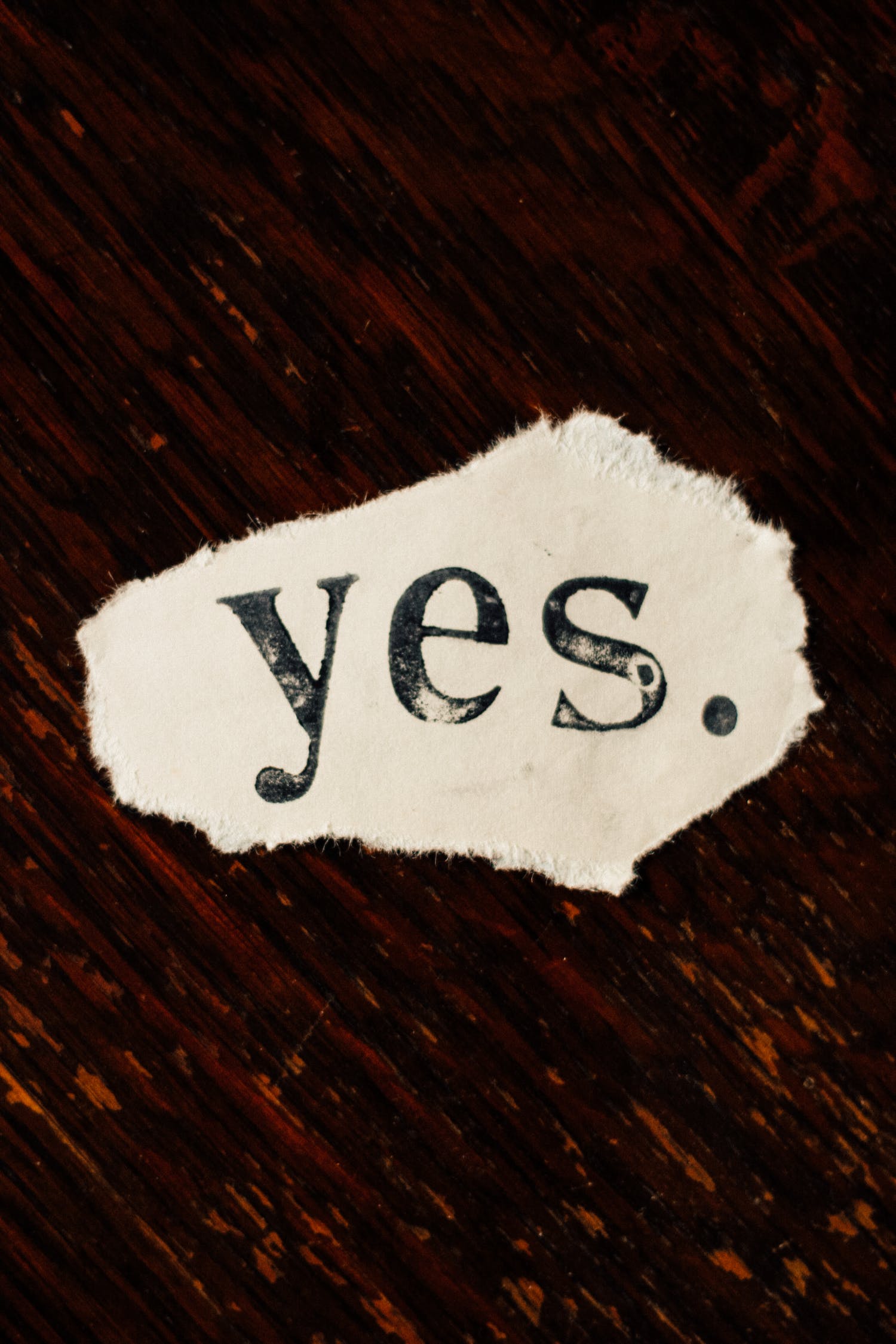Three-year-old Kara was throwing a tantrum. She didn’t want to go to bed, of that she was sure.
“Do you want to brush with the red or blue toothpaste?” her dad asked gently.
“Blue,” she says, glad to be allowed to make a decision.
Ten minutes later, Kara was well tucked up, wondering when she’d agreed to go to bed in the first place.
You laugh at the story, don’t you?
The method used to get Kara into bed seems a bit like trickery. And who am I to say that it’s not? Yet I want you to pay attention to one thing. Kara was glad to be given a choice between yes and yes.
Your clients are not much different.
Clients come to you every single day, asking you to give them a choice. A choice between yes and yes. Instead, all you’re giving them is a choice between yes and no.
Of course, you don’t have to believe that this choice factor works. You don’t have to consider your sales will go up. All you have to see is proof. So in the article below, I’ll demonstrate the psychological factor of choice. How it can work for you and how it can turn against you and bite you in the you-know-where.
It all started on one November’s day.
We were doing fine with the sales on our website when we made one change. I’m going to demonstrate the difference in the article below, so it would help for you to have the page open so you can see what I’m talking about.
Till the middle of November, we had two offers up. Then one ego-driven morning, we decided to pull the plug on one choice.
We gave customers a choice between a yes and a no.
Almost within 24 hours, our sales started going south for no reason at all. We ignored this sickening slack for about a week. Then we looked back at what was working. And we put back the choice between yes and yes.
The customer was back in choice-ville, and the sales soared.
But here’s the curious part.
Among the two packages, one has a much higher price. Over 97.5% of customers, when given a choice between the two packages, chose the higher-priced package.
The customer knows exactly what they want. And when given a choice between yes and yes, they decide to buy what creates the most value for them. Of course, if there’s an enticement to buy, as was in this case, there’s a far higher likelihood of them buying the more expensive product.
Think about it if your revenue shot up. If customers were buying higher-priced products, what would you logically do? Wouldn’t you take the same concept and use it everywhere you could?
You’d think a smart person would do that, wouldn’t you? (Which is why I qualified myself at the start of this paragraph). But no! As we speak, the only product that has a choice of YES and YES is the page I’ve already mentioned above.
Don’t stop at one point. Take the concept through its paces
If you’re in consulting, look at the choice between yes and yes. Are you giving the customer an opportunity between package A and package B. Or do you offer just one package? If you’re selling products, the concept of yes and yes choice stays put.
And once you’ve found that the concept works, audit every possible thing you sell. And put in a yes and yes factor. This will bring you a higher quantity of sales and a much better price on every product/consulting assignment you do.
I said yes and yes, No yes and yes and yes and yes
You, me, we all crave for choice. But give us too much, and we will have a hard time to decide. Because the decision is based on rejection. To choose the strawberry flavor ice-cream, you must mentally refuse all the other flavors.
If you give a client too much to choose from, they will end up rolling their eyes, doing a RAM check and shut down their brains before you have time to do anything at all.
Keep your options simple. Keep the choice between yes and yes.
So that even a three-year-old has no trouble choosing!


